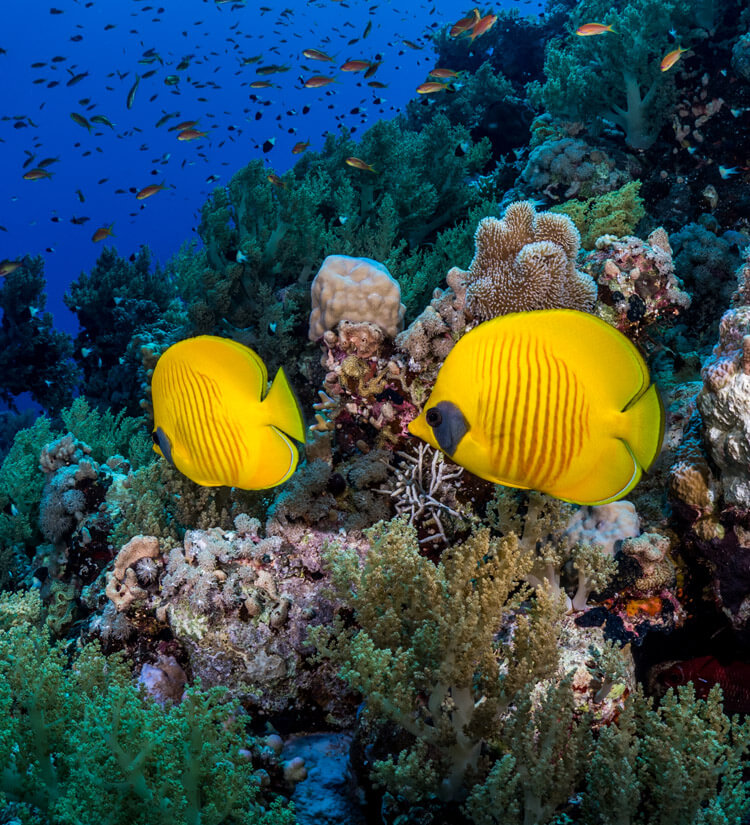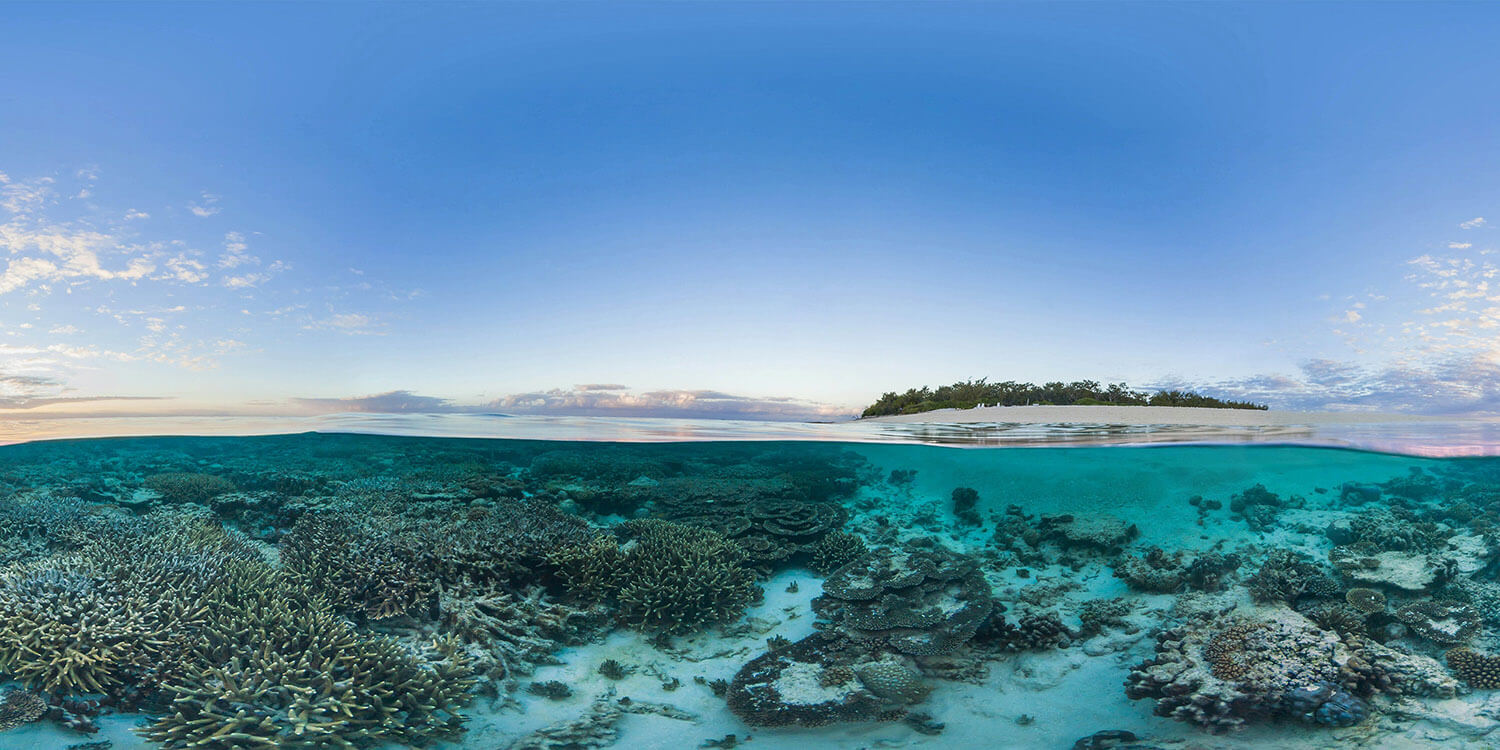Active restoration can enhance corals recovery
There is a growing consensus among scientists and practitioners that the current approaches to conservation research and practice are no longer sufficient.
Recent research has shown that optimal conservation outcomes should include both habitat protection and restoration. Coral scientists are therefore increasingly looking for innovations that can improve the prospects for corals and reefs and ‘buy time’ for them.
Because so much coral has already been destroyed to date active restoration is also needed as a bridge that can sustain corals through a potentially extended period of increasingly unfavorable climatic conditions. But projects have been relatively small and siloed. Many gaps and issues remain, both in the short and long term.
Coral restoration lags behind that of other marine ecosystems, where projects have reached hundreds to thousands of square kilometers. Coral restoration is among the most expensive restoration projects, and is dominated by short-term projects, with the lowest success rate and the smallest footprint (median size of 0.1 km²) .
Restoring corals and reef ecosystems will require large-scale, reef-wide interventions and require substantial spatial scaling up of restoration projects if they are to meet future challenges to corals and reefs. Moreover, coral restoration is a rapidly changing field, so successful large-scale projects may need to be radically different from existing techniques.
The limits of active restoration
Currently, it’s time- and labor-intensive as well as costly, all of which have limited its implementation and monitoring. In the shorter term, restoration requires adequate local conditions for newly established corals to thrive—for example, healthy fish communities and high-quality water. In the long term, active restoration is futile if climate change is not addressed.
Overcoming these limitations to scale up restoration to the required hundreds to thousands of square kilometers will require groundbreaking concepts that include inputs from engineering, architecture, material science, and artificial intelligence, among many other fields. This will involve engaging scientists and engineers across a multitude of disciplines and make their breakthroughs available to all countries.



Innovations beyond reefs themselves
We will also need innovations and technologies that benefit not only corals and reefs but also the economies and societies that depend on them. Such breakthroughs will help ensure that coral reef ecosystems will continue to support human health, nutrition, wellbeing, and employment.
References
The Sustainable Development Goals Report 2021. [Report]
Knowlton, N. et al., 2021, Rebuilding Coral Reefs: A Decadal Grand Challenge. International Coral Reef Society and Future Earth Coasts, 56 pp. [Report]
IPCC, 2021, Climate Change 2021: The Physical Science Basis. Contribution of Working Group I to the Sixth Assessment Report of the Intergovernmental Panel on Climate Change (Masson-Del-motte et al.), Cambridge University Press.
Anthony, K., Bay, L.K., Costanza, R. et al. New interventions are needed to save coral reefs. Nat Ecol Evol 1, 1420–1422 (2017). [Report]
Your contribution can fast-track research and development solutions to save the corals.
Images: © Morgan Bennett-Smith, The Ocean Agency & Shutterstock
